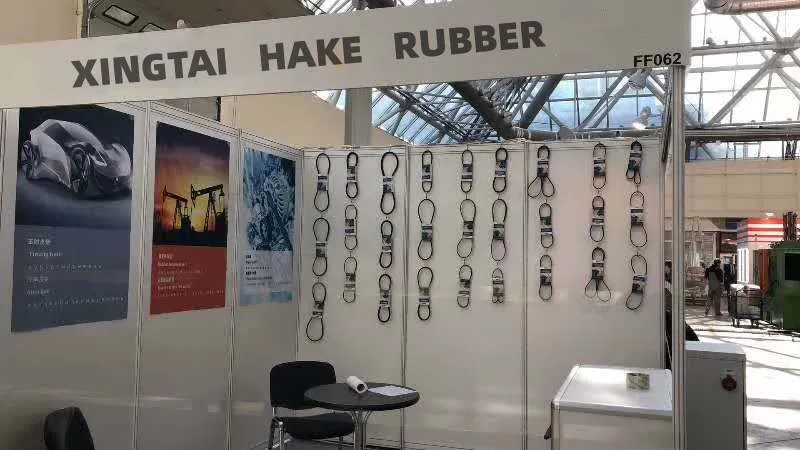- Arabic
- French
- Russian
- Spanish
- Portuguese
- Turkish
- Armenian
- English
- Albanian
- Amharic
- Azerbaijani
- Basque
- Belarusian
- Bengali
- Bosnian
- Bulgarian
- Catalan
- Cebuano
- Corsican
- Croatian
- Czech
- Danish
- Dutch
- Afrikaans
- Esperanto
- Estonian
- Finnish
- Frisian
- Galician
- Georgian
- German
- Greek
- Gujarati
- Haitian Creole
- hausa
- hawaiian
- Hebrew
- Hindi
- Miao
- Hungarian
- Icelandic
- igbo
- Indonesian
- irish
- Italian
- Japanese
- Javanese
- Kannada
- kazakh
- Khmer
- Rwandese
- Korean
- Kurdish
- Kyrgyz
- Lao
- Latin
- Latvian
- Lithuanian
- Luxembourgish
- Macedonian
- Malgashi
- Malay
- Malayalam
- Maltese
- Maori
- Marathi
- Mongolian
- Myanmar
- Nepali
- Norwegian
- Norwegian
- Occitan
- Pashto
- Persian
- Polish
- Punjabi
- Romanian
- Samoan
- Scottish Gaelic
- Serbian
- Sesotho
- Shona
- Sindhi
- Sinhala
- Slovak
- Slovenian
- Somali
- Sundanese
- Swahili
- Swedish
- Tagalog
- Tajik
- Tamil
- Tatar
- Telugu
- Thai
- Turkmen
- Ukrainian
- Urdu
- Uighur
- Uzbek
- Vietnamese
- Welsh
- Bantu
- Yiddish
- Yoruba
- Zulu
12-р сар . 12, 2024 12:10 Back to list
power transmission belts
Power Transmission Belts An Overview
Power transmission belts are critical components in various mechanical systems, facilitating the transfer of power between different parts of machinery. These belts come in various types, materials, and designs, each tailored to specific applications and operational requirements. Understanding the different types of power transmission belts, their applications, and their advantages is essential for optimizing machinery performance.
Types of Power Transmission Belts
There are several main types of power transmission belts, each serving unique purposes
1. V-Belts V-belts are the most common type used in power transmission. They have a trapezoidal cross-section that allows them to fit snugly into pulleys, minimizing slippage. V-belts are widely used in automotive engines, conveyor systems, and various industrial machines due to their high efficiency and versatility.
2. Flat Belts Flat belts are designed to transmit power across long distances. They have a simple design, lacking the grooves of V-belts, which makes them suitable for applications where noise reduction and low friction are priorities. Commonly found in older machinery and certain conveyor systems, flat belts require precise alignment to ensure effective power transmission.
3. Timing Belts Timing belts, also known as synchronous belts, feature teeth that engage with matching teeth on the pulleys. This design ensures precise timing and synchronization between rotating components, making them ideal for engines and robotics where accurate timing is crucial. Timing belts are made from durable materials to withstand wear and tear.
4. Round Belts Round belts are circular in cross-section and are primarily used in applications requiring flexibility and the ability to navigate around small pulleys. They are often found in small machinery and are known for their ability to operate quietly.
5. Hybrid and Specialty Belts These belts combine features of various types or are made for specific applications. For instance, some belts are crafted for high-temperature environments or unique material handling situations.
Applications of Power Transmission Belts
Power transmission belts play a vital role in a wide array of applications across numerous industries, including
- Automotive V-belts and timing belts are integral to engine function, ensuring that components such as the alternator, water pump, and camshaft operate in harmony.
power transmission belts

- Manufacturing In factories, conveyor belts transport materials from one point to another, while flat and round belts facilitate movement in machines, enhancing efficiency
.- Agriculture Equipment such as tractors often relies on V-belts for efficient power relay from engines to operational tools, like tillers or mowers.
- HVAC Systems V-belts are commonly used in heating, ventilation, and air conditioning systems to drive fans and compressors.
Advantages of Using Power Transmission Belts
Power transmission belts offer numerous benefits that make them the preferred choice for many applications
1. Efficiency Properly installed belts can operate with high efficiency, reducing energy consumption and operational costs.
2. Versatility With various types available, belts can be used in an extensive range of applications, from small appliances to large industrial machines.
3. Cost-Effective Belts are generally more cost-effective compared to gears and chains, especially when considering maintenance and replacement costs.
4. Low Maintenance Most power transmission belts require minimal maintenance, making them user-friendly and efficient over the life of the machinery.
5. Noise Reduction Belt-driven systems often operate more quietly than their gear-driven counterparts, leading to a more pleasant workplace environment.
Conclusion
Power transmission belts are indispensable components in modern machinery, providing efficient and reliable power transfer across various applications. With a multitude of types, including V-belts, flat belts, timing belts, and more, the versatility and effectiveness of these belts continue to be a cornerstone in mechanical engineering. Understanding the characteristics and applications of each type can help industries make informed decisions for optimal machinery performance and longevity.
-
Korean Auto Parts Timing Belt 24312-37500 For Hyundai/Kia
NewsMar.07,2025
-
7PK2300 90916-T2024 RIBBED BELT POLY V BELT PK BELT
NewsMar.07,2025
-
Chinese Auto Belt Factory 310-2M-22 For BMW/Mercedes-Benz
NewsMar.07,2025
-
Chinese Auto Belt Factory 310-2M-22 For BMW/Mercedes-Benz
NewsMar.07,2025
-
90916-02660 PK Belt 6PK1680 For Toyota
NewsMar.07,2025
-
drive belt serpentine belt
NewsMar.07,2025

